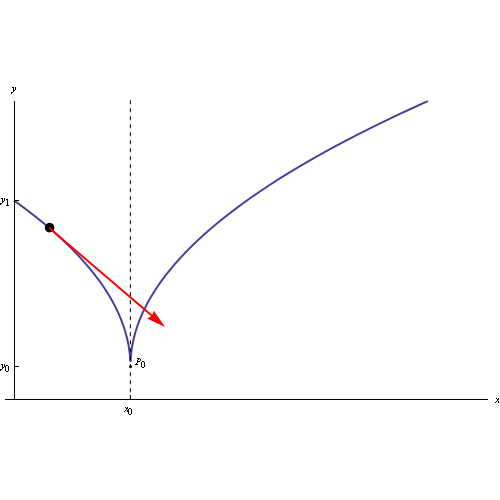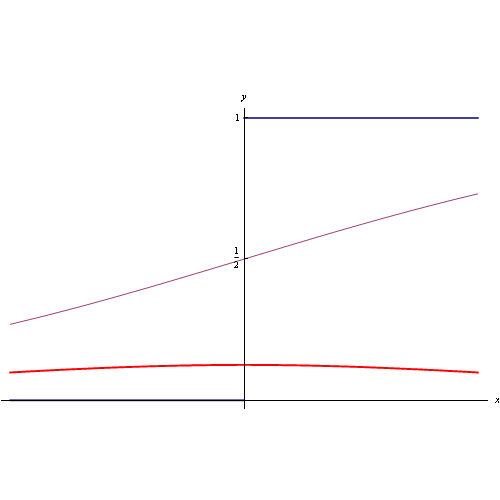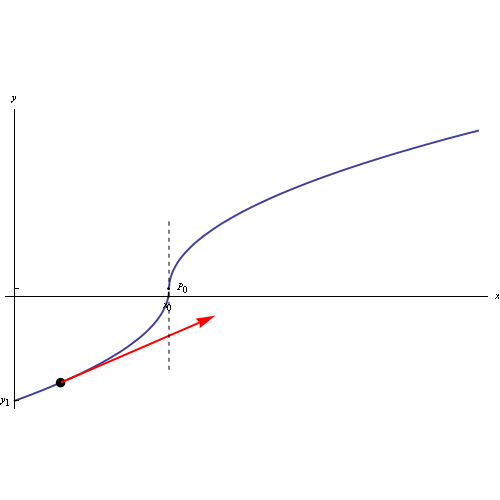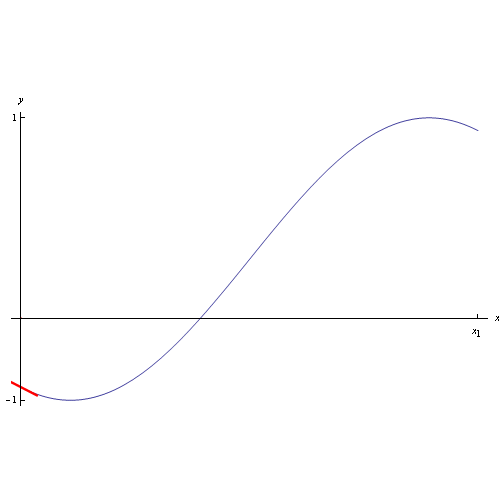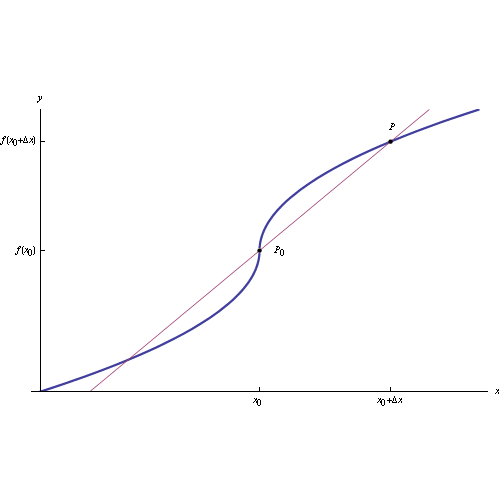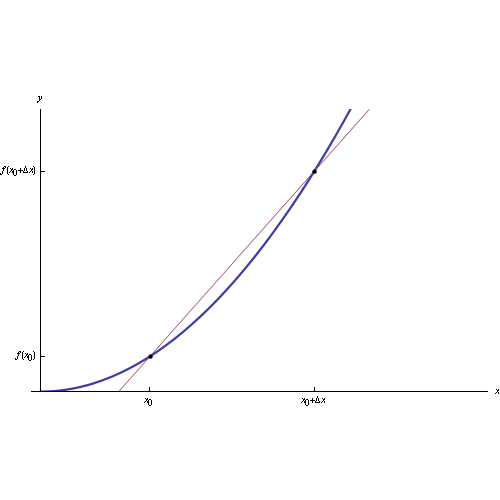Coefficiente di efficacia di un vaccino
Gennaio 22nd, 2021 | by Marcello Colozzo |

Fig. 1
L'asserzione: Il vaccino V contro la malattia M ha un'efficacia K ha senso se e solo se siamo in grado di stabilire la natura del processo K(t), essendo K(t) il rapporto misurato all'istante t, tra il numero di non-contagiati e il numero totale di individui appartenenti al campione in esame. Incidentalmente, ci aspettiamo che K sia una funzione di t, e in uno scenario realistico si tratta di un processo aleatorio. Congetturando ulteriormente una stazionarietà e addirittura una ergodicità del predetto processo, è possibile eseguire una media statistica della variabile K (diversamente andrebbe eseguita una media temporale su un intervallo di tempo teoricamente infinito).
Per maggiori dettagli: Scarica il file pdf
The assertion: The vaccine V against disease M has an efficacy K makes sense if and only if we are able to establish the nature of the process K (t), being K (t) the ratio measured at instant t, between the number of non-infected and the total number of individuals belonging to the sample under examination. Incidentally, we expect K to be a function of t, and in a realistic scenario this is a random process. By further speculating a stationarity and even an ergodicity of the aforementioned process, it is possible to perform a statistical average of the variable K (otherwise a temporal average should be performed over a theoretically infinite time interval).
Tags: efficacia, vaccino, variabile aleatoria
Articoli correlati


 Congettura di Riemann
Congettura di Riemann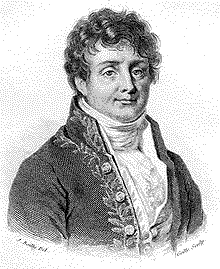 Trasformata discreta di Fourier
Trasformata discreta di Fourier
 Trasformata di Fourier nel senso delle distribuzioni
Trasformata di Fourier nel senso delle distribuzioni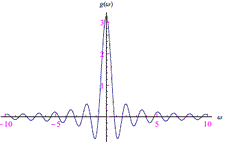 Trasformata di Fourier
Trasformata di Fourier  Infinitesimi ed infiniti
Infinitesimi ed infiniti Limiti notevoli
Limiti notevoli Punti di discontinuità
Punti di discontinuità Misura di Peano Jordan
Misura di Peano Jordan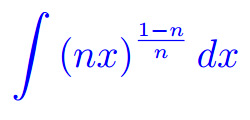 Eserciziario sugli integrali
Eserciziario sugli integrali Differenziabilità
Differenziabilità  Differenziabilità (2)
Differenziabilità (2) Esercizi sui limiti
Esercizi sui limiti Appunti sulle derivate
Appunti sulle derivate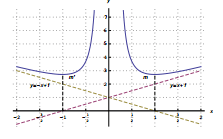 Studio della funzione
Studio della funzione Esercizi sugli integrali indefiniti
Esercizi sugli integrali indefiniti Algebra lineare
Algebra lineare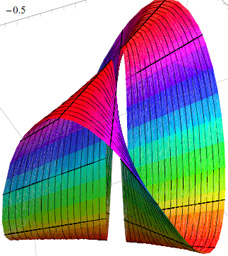 Analisi Matematica 2
Analisi Matematica 2 Analisi funzionale
Analisi funzionale Entanglement quantistico
Entanglement quantistico Spazio complesso
Spazio complesso Biliardo di Novikov
Biliardo di Novikov Intro alla Meccanica quantistica
Intro alla Meccanica quantistica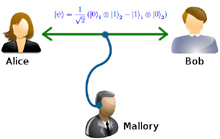 Entanglement Quantistico
Entanglement Quantistico